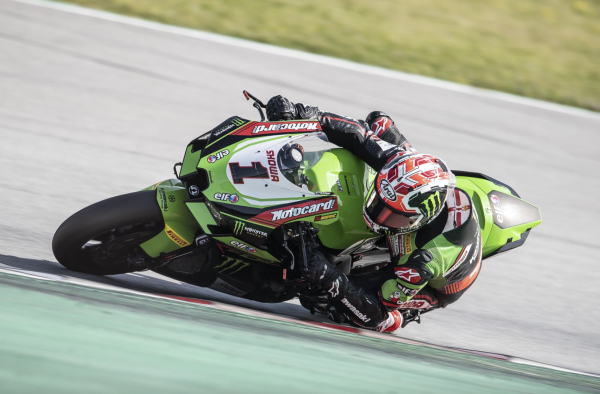
MOTORCYCLES aren’t really meant for straight lines, the physics of leaning the bike into a corner and feeling your bodyweight being pushed into the seat is also all part of the thrill.
But how do you get your speed down to a safe level to take the corner and react if anything should go wrong? Well, there are a few factors at work that need to be looked at. Firstly, let's assume the road you’re riding is not known to you – riding your favourite twisty makes judging your corner speed a whole lot easier after all!
Let’s break the corner approach down into three sections; braking, road position and tipping in.
Braking into a corner
To correctly judge your corner speed you're going to have to assume early on in the braking phase what your maximum speed at the apex will be. This isn’t set in stone and might change the closer to the corner you get. The way to assume this on a road you haven’t ridden before is to set the bike’s speed to allow you to stop the bike in the distance you can see on your side of the road. Should a dog, cat or tractor pull out in front, you need to get it stopped in time.
Once you have your speed set you should be constantly evaluating the corner, adjusting the bike’s speed as necessary.
It goes without saying, getting most – but not all – your braking done in a straight line is a plus. The further a bike leans, the less braking force you’re able to put through the tyres. The reason is that more of the tyre’s grip is needed for cornering, leaving less available to slow the bike.
After the initial slowing down is done in a straight line, any other force through the braking system should be applied smoothly and gently.
Road position into a corner
Taking up a good position into a corner is key to being able to evaluate its severity, get this wrong and you won’t be able to see what’s coming or apply the technique mentioned below.
To help you get the best view around the corner you need to open up the bend as much as is safely possible as you approach the corner. It’s a bit like taking a racing line, although we shouldn’t stray too far onto the wrong side of the road as a racer would.
If you’re heading into a left-hander, move the bike over to the white line in the centre of the road. You don't want to sit on the white line, just 10-12 inches to the left of it. For right-handers move the bike to the left side of the road out towards the kerb.
Who do you use the vanishing point?
Using the vanishing point of the corner to judge the severity of the bend is a good but not fool-proof method. The idea is to look through the corner as far as you can, limiting your speed to that which you can safely stop before reaching the vanishing point.
If the vanishing point starts to come towards you, the corner is getting tighter and you should adjust your speed accordingly. If the vanishing point moves away it means the corner is getting wider and more speed can be applied if it is safe to do so.
Tipping into a corner
Now that most of your braking has been completed, and you can clearly see around and through the corner, it’s time to tip the bike in. Many riders, old and new, make one error when tipping a bike into a turn, they coast around the corner. Your bike should never just coast, you should always be either braking or accelerating. If you judged the corner correctly, all the braking is done before the apex, with some of the acceleration happening before you get to the tightest part of the corner.
The science behind it is that a bike’s suspension doesn’t like just coasting, it’s designed to have load upon it. Being on the throttle also means you can adjust your speed to meet the natural arc of the corner – as the corner opens you can accelerate more and if it tightens you can scrub off some speed by closing the throttle slightly.

